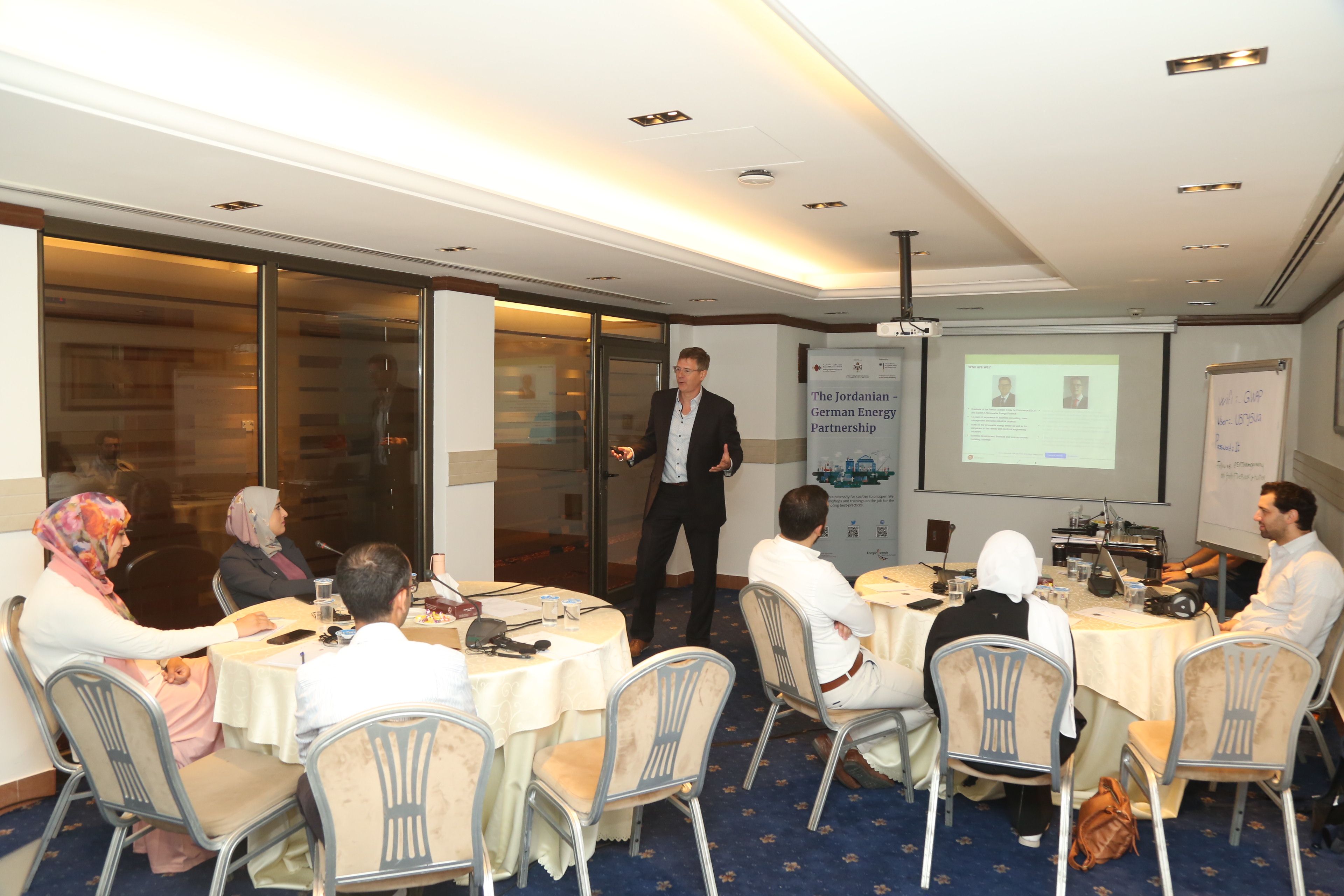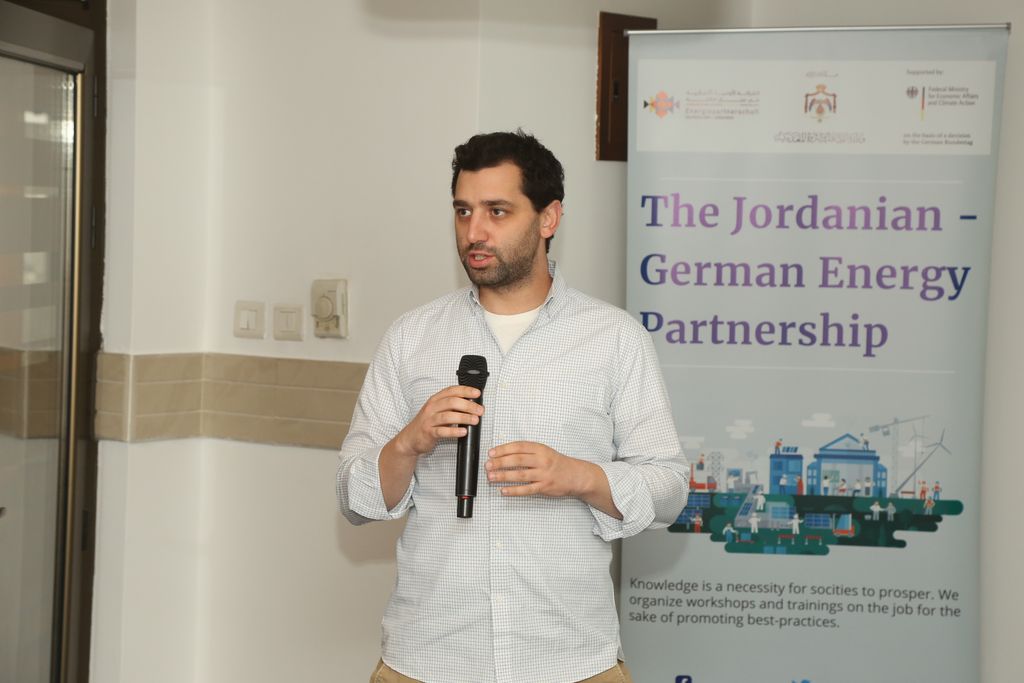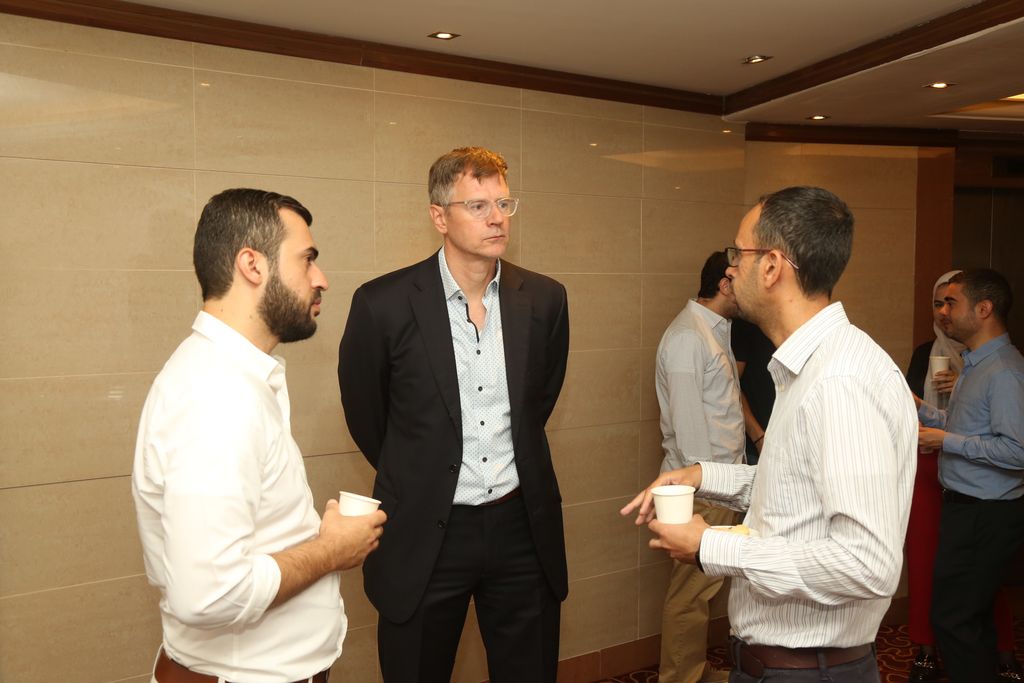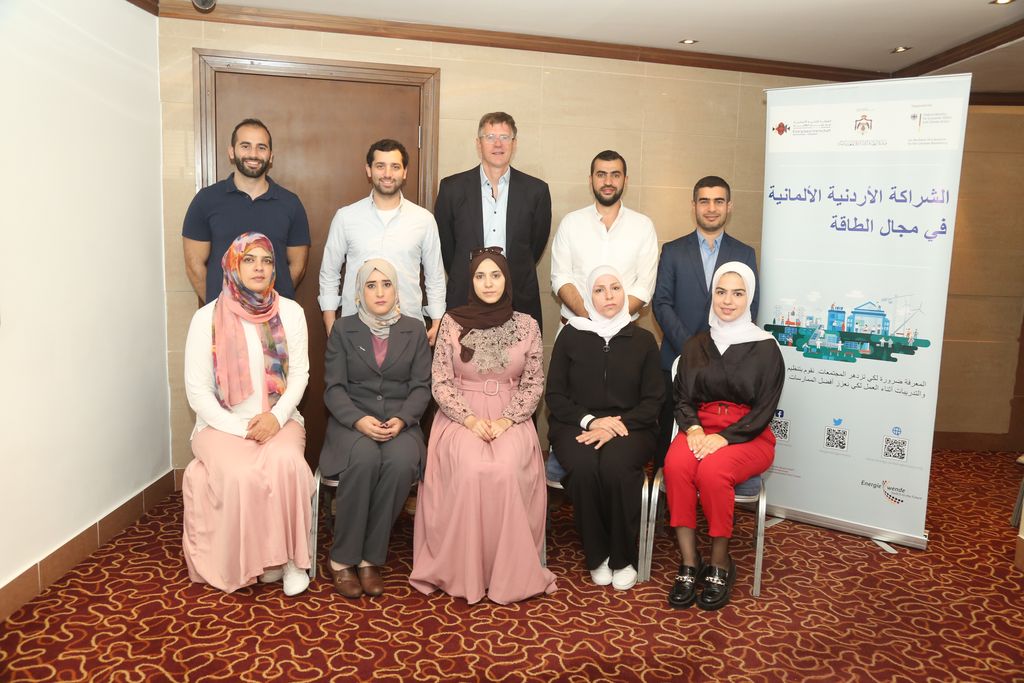Contact
Christiana Hageneder
Head of Secretariat
Christiana.hageneder@giz.de
Deutsche Gesellschaft für Internationale Zusammenarbeit (GIZ) GmbH
c/o Ministry of Energy and Mineral Resources
Building 7, Zahran Street, As-Suwayfiyya
11814 Amman
Jordan
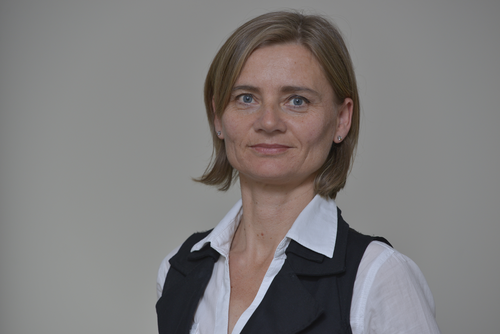
Bassam Darwish
Advisor
bassam.darwish@giz.de
Deutsche Gesellschaft für Internationale Zusammenarbeit (GIZ) GmbH
c/o Ministry of Energy and Mineral Resources
Building 7, Zahran Street, As-Suwayfiyya
11814 Amman
Jordan

- Home
- Energy Partnership
- About
- Newsroom
- Media Elements
-
Energy Partnership
- Facts & Figures
- About the Energy Partnership
- Milestones
- Our Offer
- Events
- Media Elements
- Get in touch
- Partners

